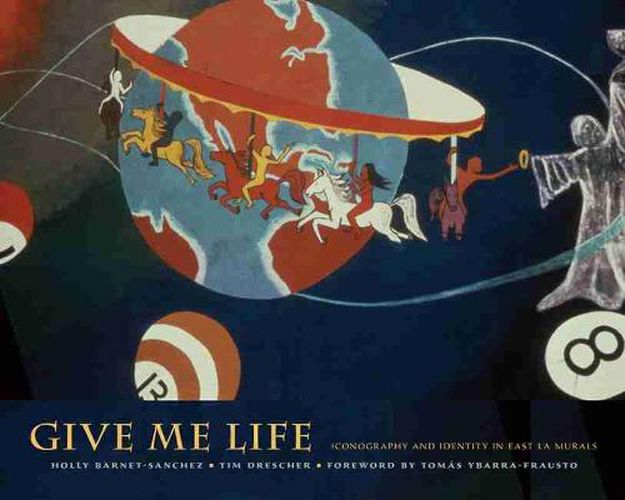Readings Newsletter
Become a Readings Member to make your shopping experience even easier.
Sign in or sign up for free!
You’re not far away from qualifying for FREE standard shipping within Australia
You’ve qualified for FREE standard shipping within Australia
The cart is loading…






Chicanismo, the idea of what it means to be Chicano, was born in the 1970s, when grassroots activists, academics, and artists joined forces in the civil rights movimiento that spread new ideas about Mexican American history and identity. The community murals those artists painted in the barrios of East Los Angeles were a powerful part of that cultural vitality, and these artworks have been an important feature of LA culture ever since. This book offers detailed analyses of individual East LA murals, sets them in social context, and explains how they were produced. The authors, leading experts on mural art, use a distinctive methodology, analyzing the art from aesthetic, political, and cultural perspectives to show how murals and graffiti reflected and influenced the Chicano civil rights movement.
This publication is made possible in part by a generous contribution from Furthermore, a program of the J. M. Kaplan Fund.
$9.00 standard shipping within Australia
FREE standard shipping within Australia for orders over $100.00
Express & International shipping calculated at checkout
Stock availability can be subject to change without notice. We recommend calling the shop or contacting our online team to check availability of low stock items. Please see our Shopping Online page for more details.
Chicanismo, the idea of what it means to be Chicano, was born in the 1970s, when grassroots activists, academics, and artists joined forces in the civil rights movimiento that spread new ideas about Mexican American history and identity. The community murals those artists painted in the barrios of East Los Angeles were a powerful part of that cultural vitality, and these artworks have been an important feature of LA culture ever since. This book offers detailed analyses of individual East LA murals, sets them in social context, and explains how they were produced. The authors, leading experts on mural art, use a distinctive methodology, analyzing the art from aesthetic, political, and cultural perspectives to show how murals and graffiti reflected and influenced the Chicano civil rights movement.
This publication is made possible in part by a generous contribution from Furthermore, a program of the J. M. Kaplan Fund.